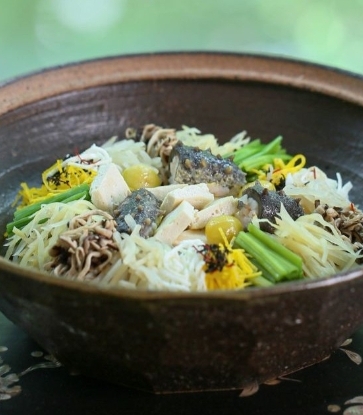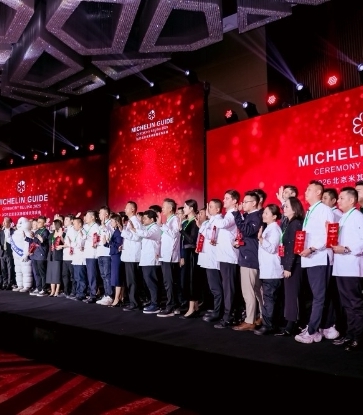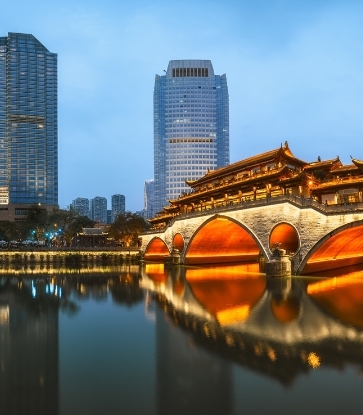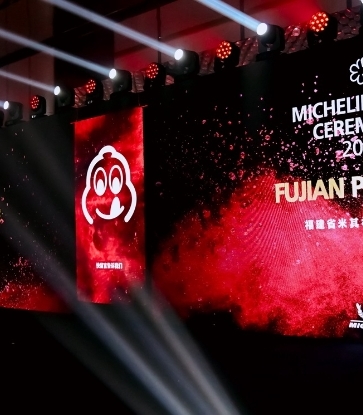The region is perhaps best known for the tea trees that sprout from the nooks and crannies of cliff faces, grown from cuttings of six original Song Dynasty trees that are still there. The leaves from these trees produce the highly sought-after Da Hong Pao (Big Red Robe) oolong tea. Famously expensive, Da Hong Pao can cost up to US$1 million (S$1.38 million) a kilogramme.
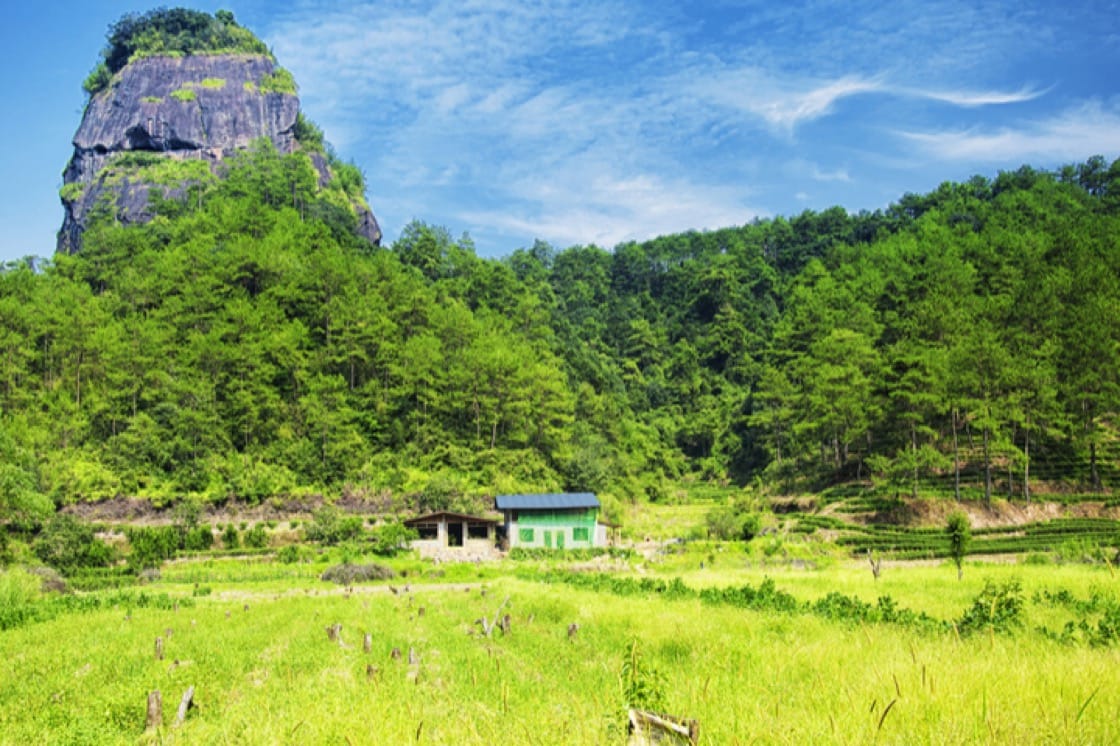
Foraging For Wild Mushrooms
The red mushroom grows only at an altitude of 1,000 to 1,5000m under high temperature and humidity in soil conditions specific to the red sandstone of the Wuyi range. To add to its intrigue, the red mushroom emerges only during the rainy season between summer and autumn, which lasts around 15 days. Each mushroom blooms after the rain, spreading its cap open in the sun and withers within a day.
The red mushroom is carefully removed from the soil with its roots intact so as not to destroy the mycelium (vegetative part of a fungus) under the soil and the picker then covers the spot again with soil and leaves where a new mushroom will sprout up again just hours later.
Preparing The Red Mushroom For Sale
The red mushrooms are extremely perishable and are thus sold commercially only in the dried form. The collected red mushrooms are brought back to the village where they are gently cleaned of mud and dirt, then laid out in the sun to dry. They are then moved indoors to dehydrate gently under a fan.

A Chinese Cuisine Delicacy
In the surrounding Fujian province, the red mushroom is prized for its rarity and its purported health benefits. Because of the crimson colouring it leaches into soups and teas, it is revered as a blood tonic and said to aid in blood circulation, making it especially beneficial for women after their menstrual flow or childbirth.

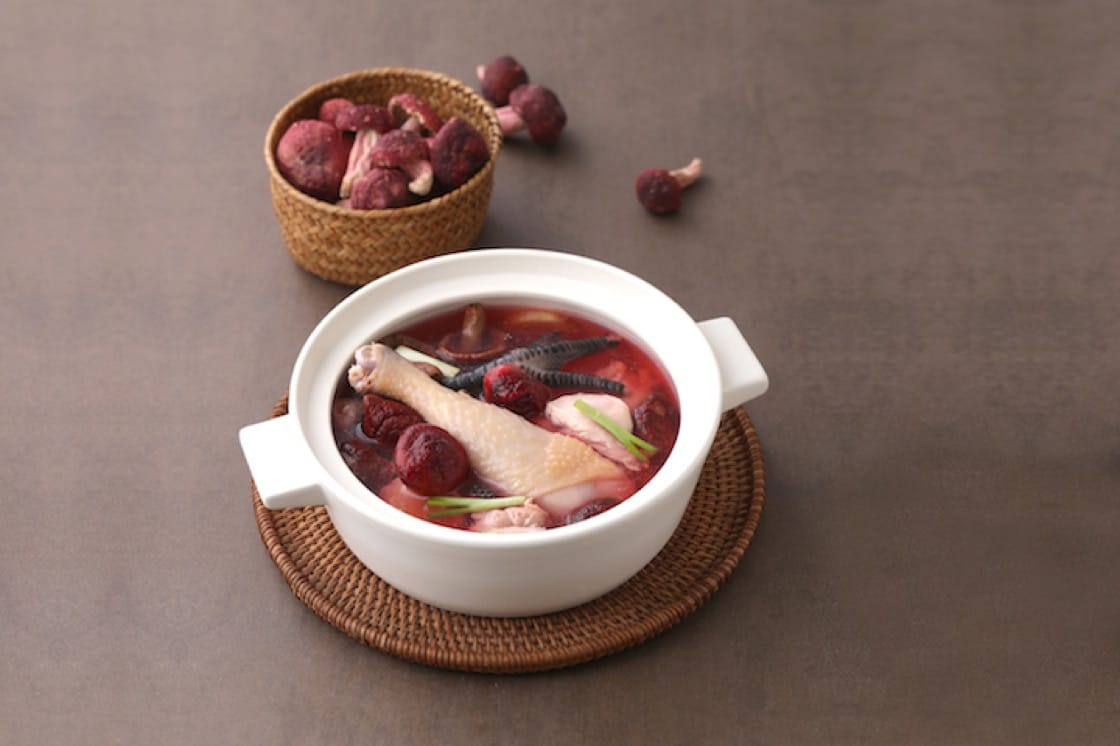
In Hong Kong, you can sample this fascinating fungus at Bib Gourmand restaurant Putien, where it plays a starring role in two seasonal dishes: a double-boiled chicken soup with red mushroom and a stew of braised homemade bean curd, clams, dried shrimp, bean curd skin and red mushrooms. Wash it all down with red mushroom tea to best appreciate the vibrant colour of the delicacy and its original earthy flavour.





